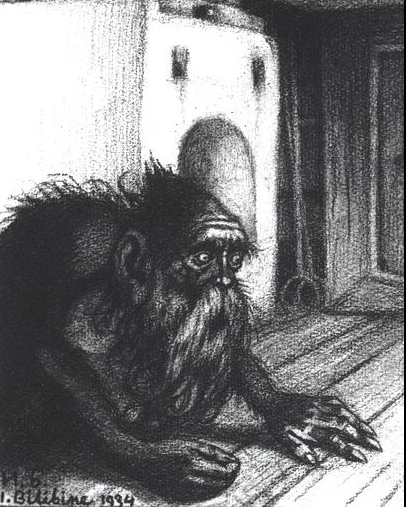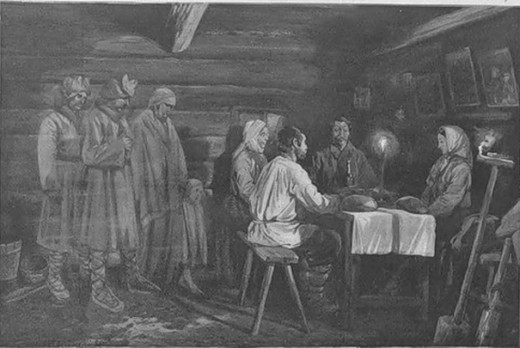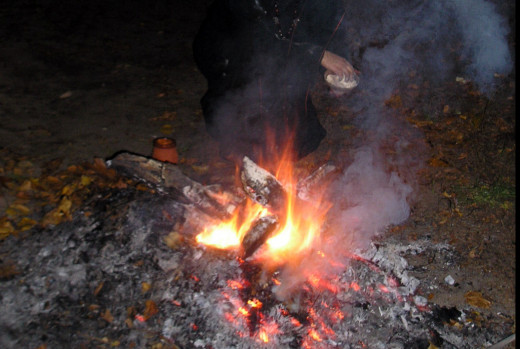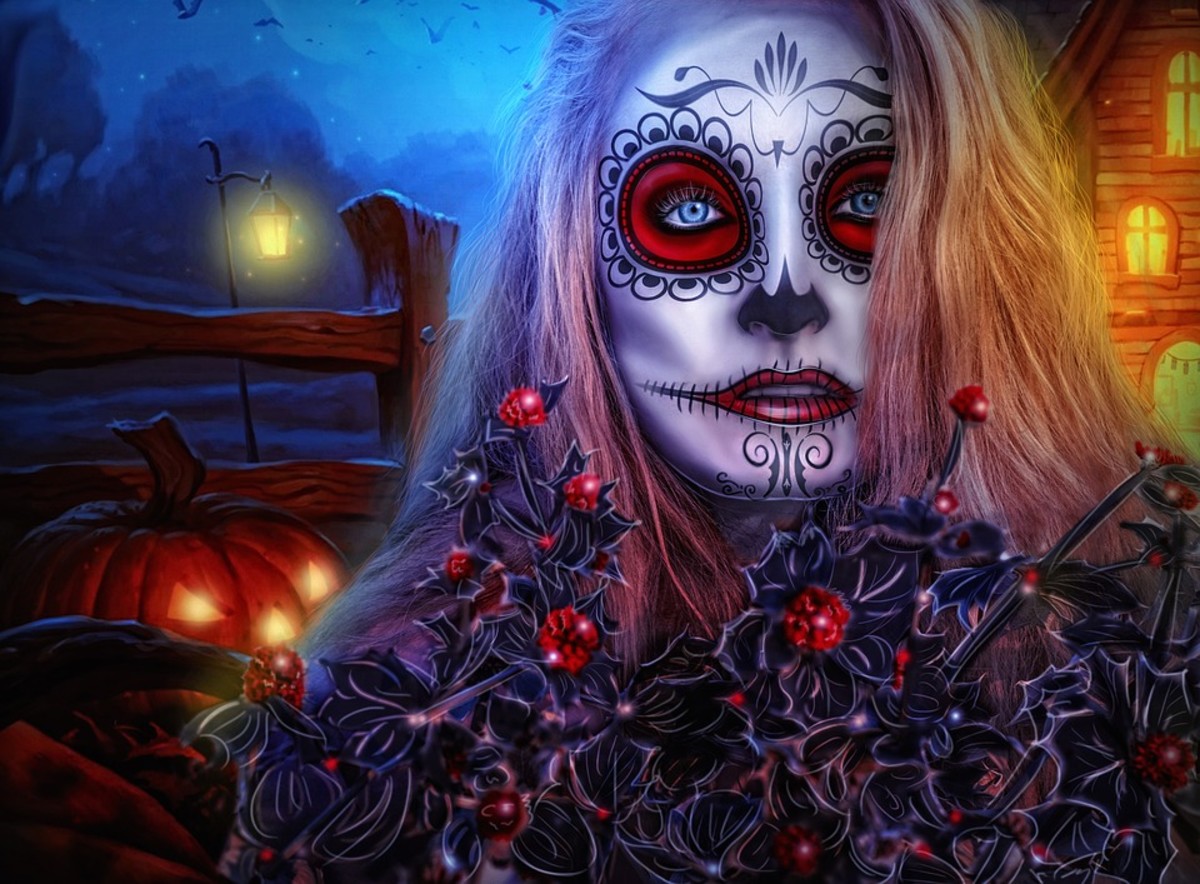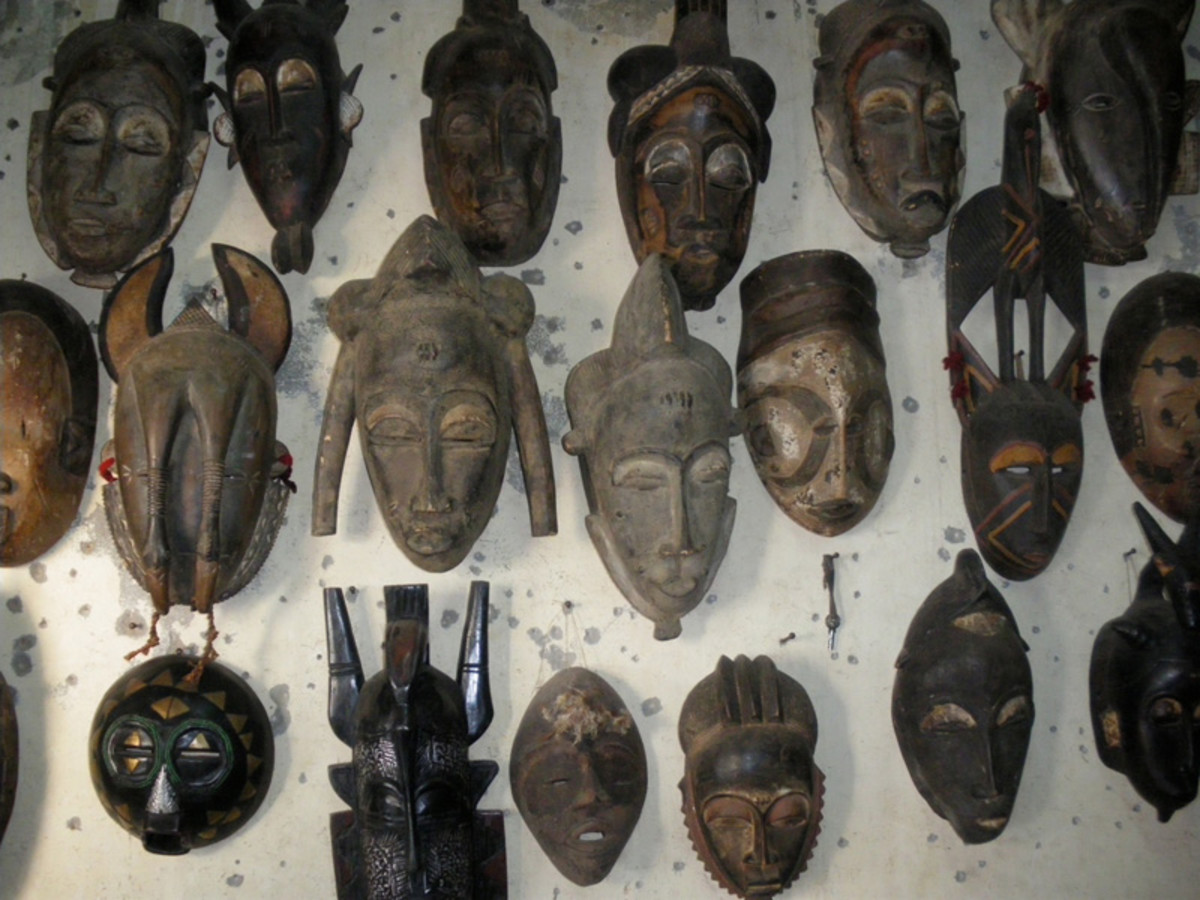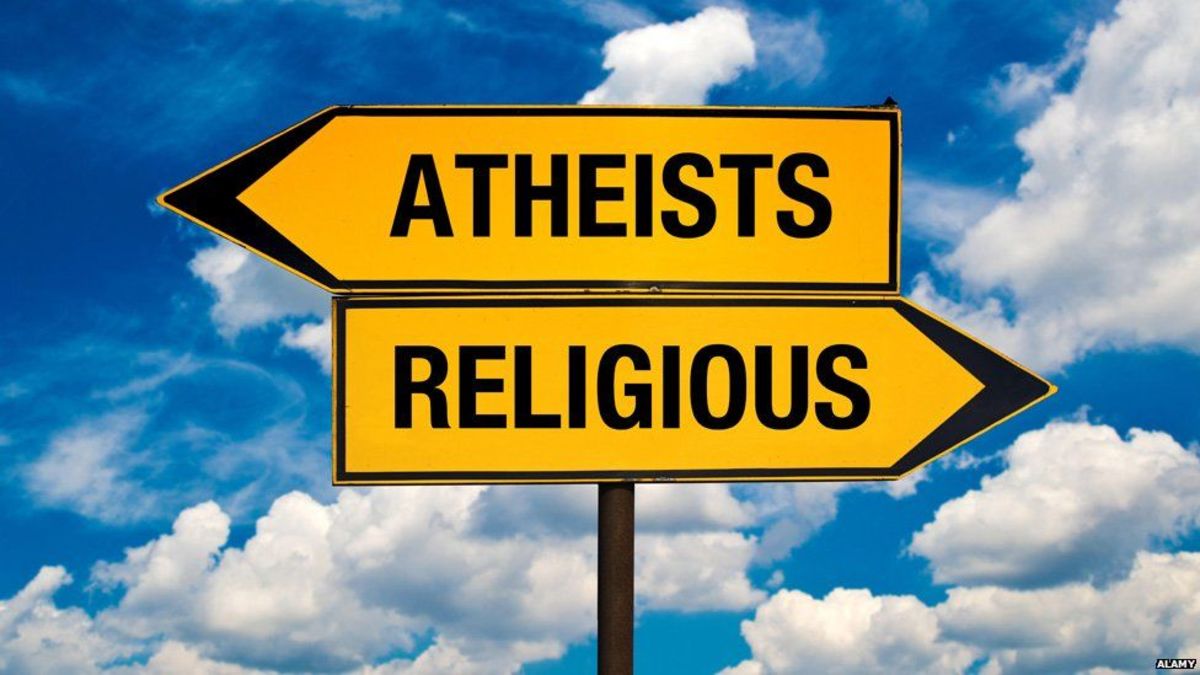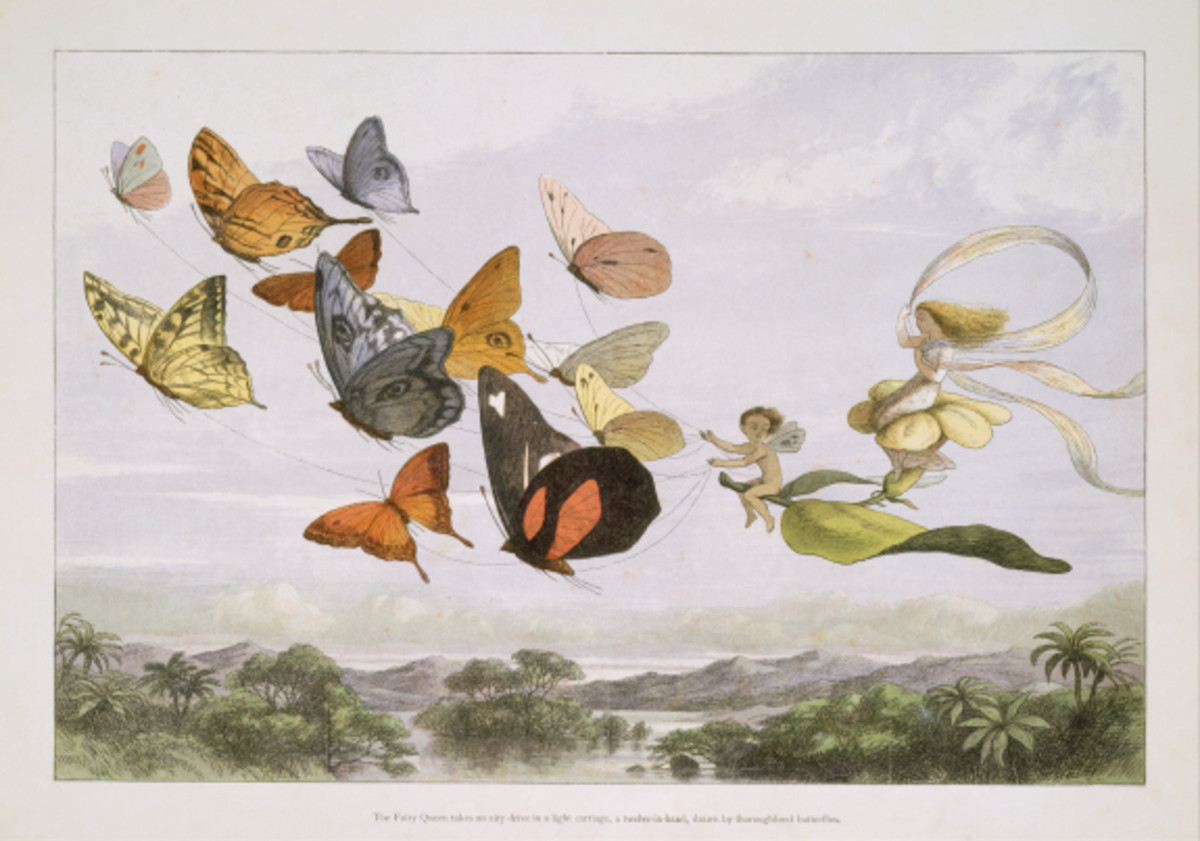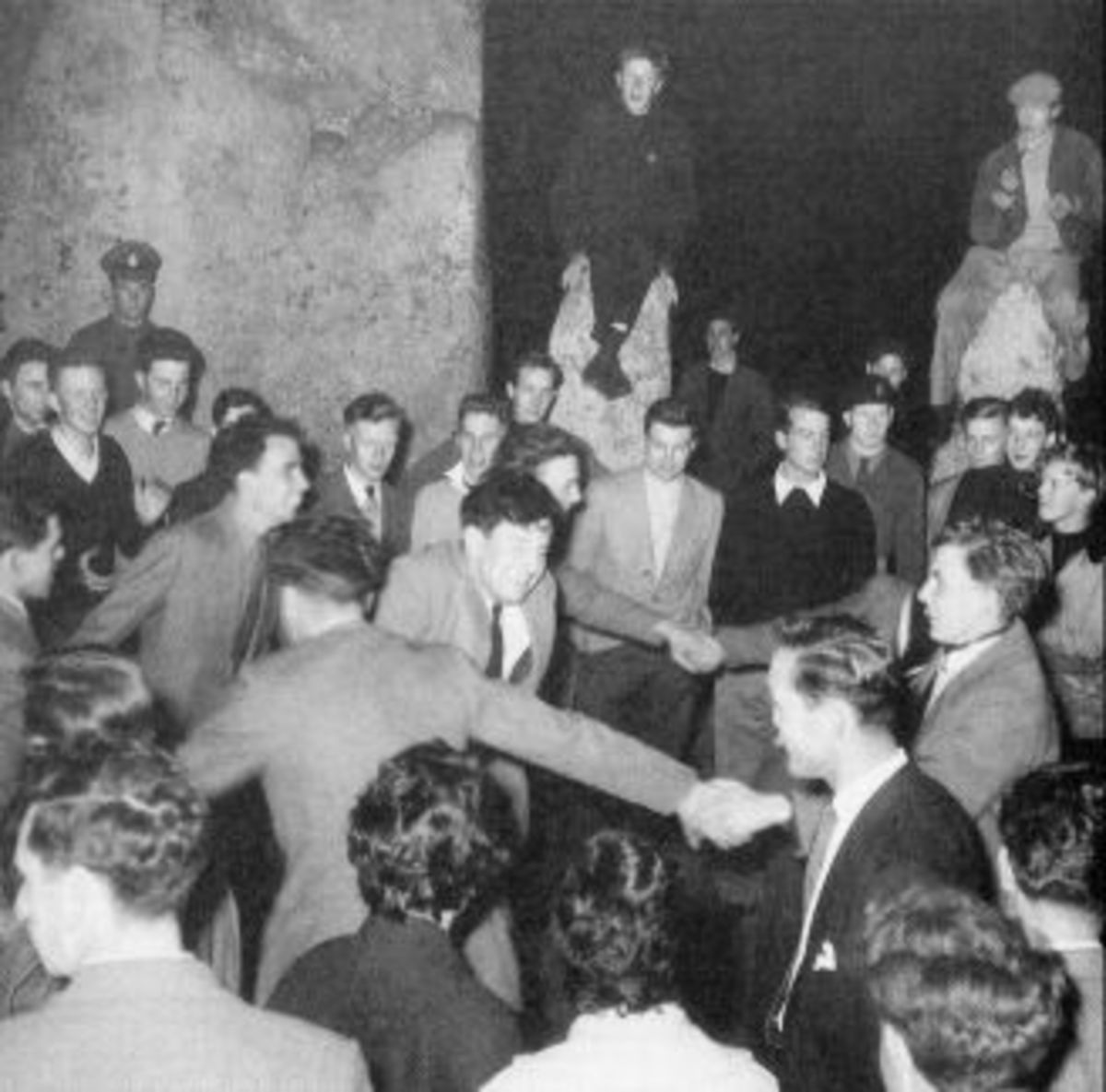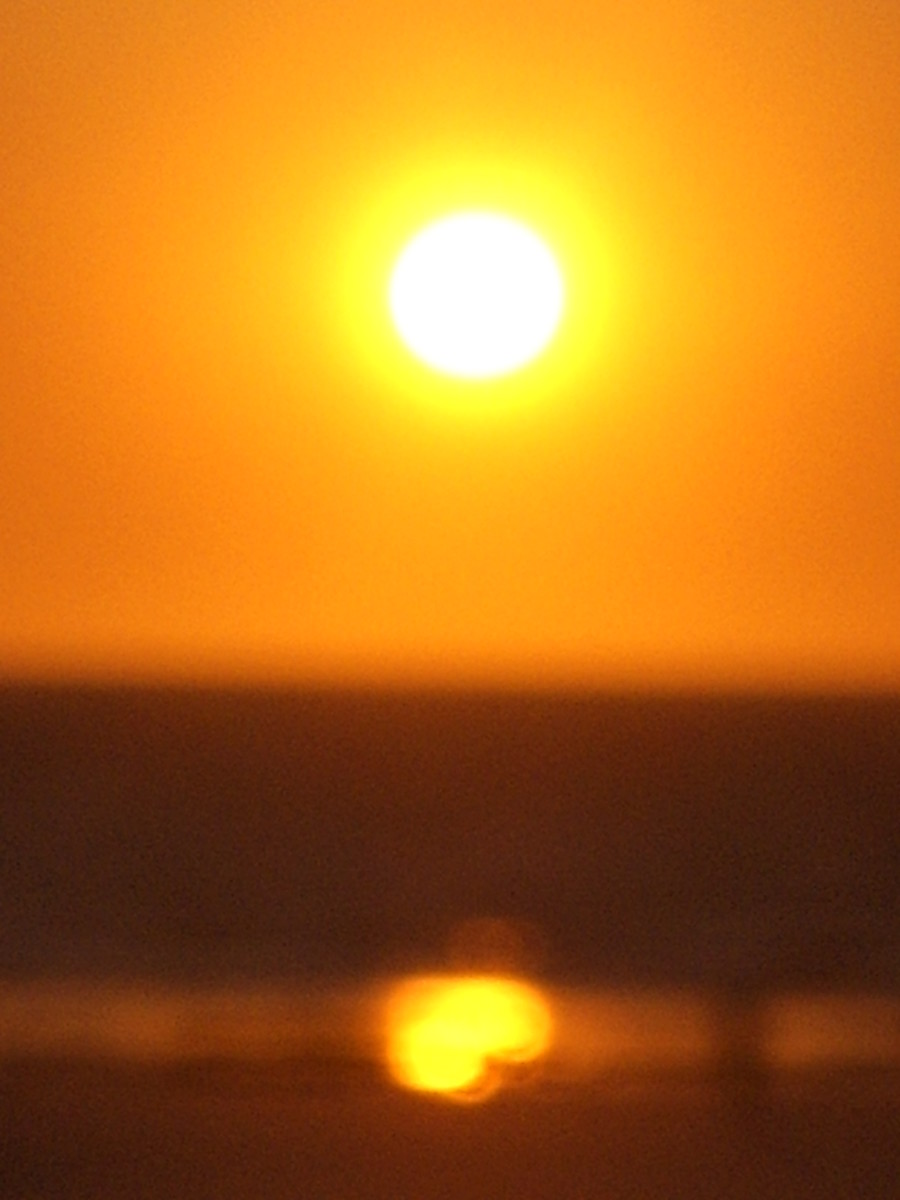Dzyady, the Halloween of Belarus
Dzyady, Halloween of Belarus
Slavic pagan beliefs were a mix of nature worship, animism, ancestor worship, and the gods. Ancestors were very important. There were groves sacred to gods and spirits within special oak trees. The ancestors and spirits called domovik protected the home and needed to be appeased. Every home had its own domovik who lived behind the oven and protected the people and animals they owned. In many areas this was thought to be the spirit of a dead former head of household. There were also spirits in the field which were capricious but not dangerous. The forests and rivers had more dangerous supernatural beings who could kill. Also the earth gave forgiveness before death. Peasants could confess sins to the earth. It was so highly regarded in Belarus that people swore oaths on it and a landless serf was worth very little.
The equinoxes in pagan times were celebration for the god Veles who in winter ruled death and the underworld. In the summer he was known as Volos, and in the midst of the harvest he was the god of cattle and prosperity. Aspects of the worship of this god were incorporated into Christmas and St. John the Baptist day. The shamans wore masks and costumes and roamed around the village along with the spirits of the dead
Day of the Dead or Halloween as we call it, at one time was a more serious festival than it is now. Originally it marked the end of the harvest season in this agricultural society. For Eastern Slavs the day of the equinox, when day and night were the same length also meant the powers of night, the dead, and life, the sun, were equally strong. Logically this was the day that the dead met the living. The souls of the dead were thought to come alive and look at their descendants. The living were obliged to calm the dead and provide evidence that all was well. The house was cleaned and there were to be no arguments. Then the dead would protect the household.
Belarus had many days of ancestor 'remembrance'. This was a very conservative agricultural country, life was harsh and death was all around. Telling stories of the ways ancestors lived and what they said gave a sense of pattern and control, but also was a deterrent to new and unorthodox ways.
The four big meals for the dead corresponded to the changes in the agricultural calendar. The spring equinox was when planting began (Radunitsa) Vialikdzen; the summer solstice was when harvesting began (Traetskia Dzyady); the fall equinox was when reaping stopped and preparations were to made for winter (Zmitrauskia Dzyady), and on the winter solstice when spring would be anticipated (Maslenichnya Dzyady).
Most of these were part of other holidays, and rituals varied from region to region. On Christmas, people lit fires on the graves of family to warm the dead, and held banquets to honor them. On Forgiveness Sunday before Lent, everyone asked their ancestors, to forgive their sins. Pancake Week or the week before Lent, which was a pagan sun festival, became the day the souls of the dead returned with the spring heat, herbs, and birds to protect a household. Radunitsa, a week after Easter was when the family left food and an Easter egg on the graves and large fires to represent the sun scaring off the night. Pentecost, the fiftieth day after Easter was another day of remembrance in which ancestors were named in church and graves were cleaned. All together there were 11 holidays which included rituals and rites for ancestors.
The most important holiday for the dead was the Dzyady, on the first Saturday preceding St. Dmitry day on October 26. The day literally means 'grandparents'. The spirits were honored several times a year in the course of various holidays but this was the day exclusively for ancestors. Before the Christian era pagan priests commemorated the dead on this day and brought them food and drink. In those days the autumn equinox was a time for assessing the harvest and livestock as the harvest was now over. It was thought that the dead literally visited the living to see how they were doing.
The house was cleaned, especially the windows. The dead were supposed to visit the living and look through the windows. Everyone in the family bathed and wore their good clothes. A little water and a broom were left for the ancestors to clean themselves before coming to dinner. Everyone went to a memorial service and the priest called out the names of the dead. The priest then prayed for the health and happiness of the living.
Back home a banquet was served with kutia, a porridge from pearl barley. This was the most important dish, representing eternal life, made with honey, poppy seeds, raisins and nuts. All members of the family had to have some of this first. The other dishes served included meat, pancakes for the sun and life, dumplings, and fried eggs symbolizing life. The rest of the meal could include pudding, peas, mushroom soup representing the renewal of the earth, sausage and fish.
In some areas an odd number of dishes were laid out, others demanded an even numbers. Also in some areas each person could only have three drinks and eat three dishes.The plates and bowls were to be as old as possible.
A special plate and cup, with a bit of food from each person, was laid out for the spirits. Before eating the host went around the table three times, opened the doors and windows and called out the name of each ancestor, so they would know they were remembered, appreciated and could enter.
This meal was supposed to be fun so the ancestors would be entertained. All the conversation was about them. People talked about their grandparents and great grandparents, their advice and they told funny stories about them, and repeated their advice. If the spirits were not amused it would bring misfortune on the family.
There was to be no conflict. For this reason people did not use knives. They would break bread with their hands. All grudges of the past year were to be forgotten and the meal was to end peacefully with a toast of thanks to the people attending. The older people would stand up followed by the younger.
To conclude dinner the host would say “Ancestors you have eaten and drunk. Fly to others now.” Then a candle would put out using a crust of bread or pancake. The smoke form this candle was supposed to rise if the house would have no deaths that year. If the smoke went in the direction of the door then someone in the family would die.
After the meal plates were not cleaned off the table. It was thought that when everyone had gone the spirits would come to the table and eat.
The family spent the rest of the evening singing, dancing, celebrating with a masquerade and/or fireworks. That night if you could not sleep it was thought you would see the spirits.
The Saturday following the meal the family would go to the graveyard, fix the plots, light a candle or fire on the grave of their departed and then share food and liquor.
To the Slavs the natural world was a place of mysticism and wonder. The pagans started the Slavic custom of wearing animal costumes, blessing the house, and equating the light of the sun with life, among other things usurped by the Christians. They were ruled by a pantheon of gods concerned with the seasons, agriculture, and death. Supernatural creatures like the domovik, water spirits, witches and wood goblins were to be appeased or avoided. In particular the ancestor worship customs of Belarus though 'Christianized' come the closest to retaining their original form.
Dzyady
